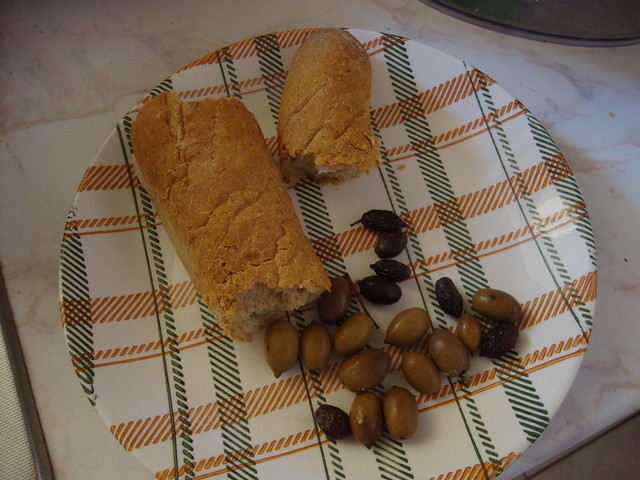 The beheading of St John the Baptist is commemorated on this day in the Greek Orthodox Church. It is regarded as a solemn day of fasting. If one does not fast on this day, the saint will bring on chills and fever in the sinner, hence the day being dedicated to the Ριγολόγο (Rigologo); the saint's warnings bring on the chills. Among the highly observant of Greek Orthodox traditions, the fast is a very strict one: no food is allowed at all for the whole day until after sunset, when the fast is broken with oil-free vegan food.
The beheading of St John the Baptist is commemorated on this day in the Greek Orthodox Church. It is regarded as a solemn day of fasting. If one does not fast on this day, the saint will bring on chills and fever in the sinner, hence the day being dedicated to the Ριγολόγο (Rigologo); the saint's warnings bring on the chills. Among the highly observant of Greek Orthodox traditions, the fast is a very strict one: no food is allowed at all for the whole day until after sunset, when the fast is broken with oil-free vegan food. Icon taken from http://www.melkite.org.au/default.asp?id=135 ; this is the typical way St John the Baptist is depicted in the Greek Orthodox church
There are many stories that attest to the chill-inducing characteristic when the fast is broken. This was the only day my father ever fasted, because, as he often told us, he had seen what happened to a fellow villager on this day when he broke the fast: from the moment he swallowed the food, he shook like a newborn lamb, and that didn't stop until the next day, when the symptoms left him and he returned to his normal self...
"In some Orthodox cultures pious people will not eat food from a flat plate, use a knife, or eat food that is round in shape on this day." (Wikipedia)
The commemoration of the beheading of St John the Baptist is also the last major feast day in the Greek Orthodox church: the ecclesiastical year finishes on August 31, and the new calendar year begins on the 1st of September (the 1st of January commemorates St Basil and Christ's circumcision), unlike in the Western Christian churches, which celebrate the beginning of the religious calendar at Advent). In many ways, this parallels other siginificant seasonal events occurring at this time of year, namely that it is reminiscent of the end of summer, when Persephone must leave her mother Demetra and return to her husband Hades in the Underworld...
©All Rights Reserved/Organically cooked. No part of this blog may be reproduced and/or copied by any means without prior consent from Maria Verivaki.

No comments:
Post a Comment